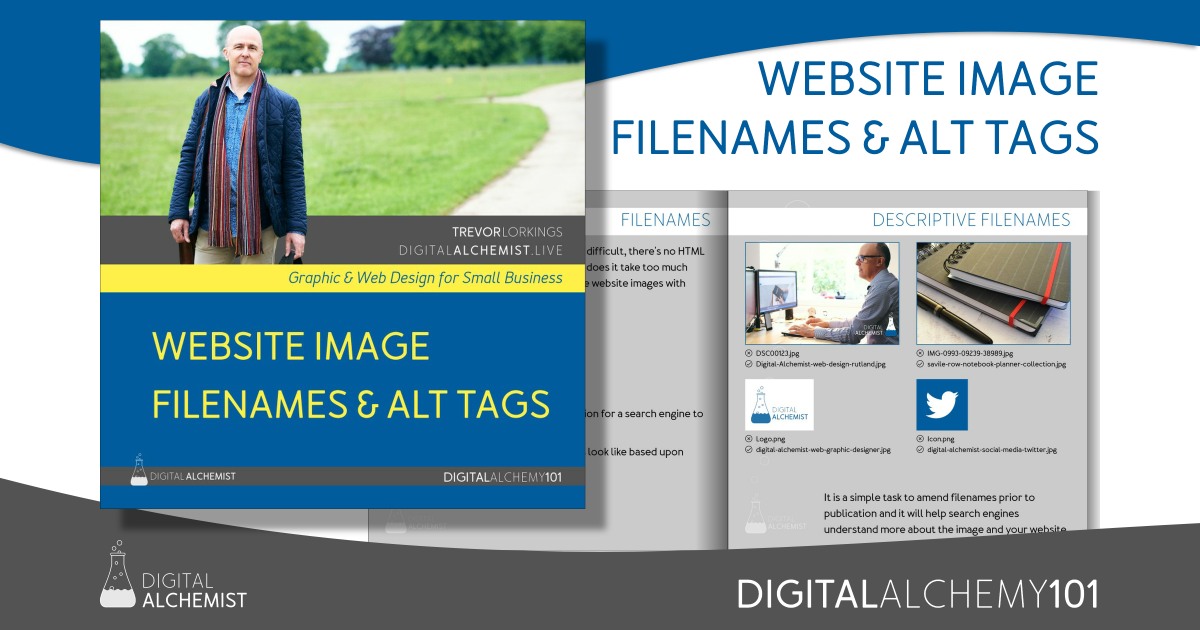Can you lead a horse to water and make it drink?
I’m talking about, sales route funnels . . . let’s look at an example www.customgiftwrap.co.uk and start at the home page; now ask ourselves . . .
"What do we want a visitor to ultimately do when they arrive on the site?"
In this instance we’re looking for them to make an enquiry via the contact page, although we’d like them to travel in an orderly fashion through the site to obtain key information. This should reduce the cost of handling the enquiries as there should be lest questions to answer. So what do you make of this home page – pretty typical?
The analytics revealed a even mix of links being clicked and with a bit more digging into the detail it showed a spider’s web of activity with visitors flitting around the site. Here’s a revised home page.

Which button would you click on – yes you guessed it, an overwhelming majority clicked on “Learn more” (others selected from the main menu bar).
It is clear that less choice gave a more targeted route to the next destination. Over a series of pages the visitors are funnelled towards the contact page via a chosen route. This route is crafted in such a way as to coax them along their journey, whilst providing the information they need. It is made easier by removing any obstacles or distractions.
It was found that by removing the breadcrumb from under the menu bar and eliminating “Contact us for a quote” from each page, it resulted in increased route conversions.
After some A-B testing and content reviews, the behaviour flow reports revealed the following destination click through rates:
- Home > Gift Wrap Info 80%
- Gift Wrap Info > Price List 75%
- Price List > FAQ 70%
- FAQ > Contact 54%
As with the nature of this product the FAQ page throws up many questions that are answered with links back to previous content, so some cyclical activity was discovered.
Summary
- Plot a route to your call-to-action.
- Give clear, unambiguous sign posts to direct traffic.
- Remove unnecessary links that could distract the desired flow.
- Use Google Analytics to track behaviour flows and on page click actions
- Review your customer enquiries to update your FAQs
Remember = Less is more
With less cluttered pages and a targeted routes to funnel visitors to a desired call-to-action reduces the number of unnecessary enquiries. No longer are the sales office quoting prices, explaining artwork specifications or advising on lead-times in a pre-sales enquiry mode. They are more effectively employed in closing sales from informed visitors that are much closer to becoming a customer. So you see, Fizzy can lead a horse to water and make it drink.




